Our last article from this year’s Festival of Prayer is drawn from David Cole’s afternoon workshop, held in the stunning, light-filled Edward King Chapel at Ripon College, Cuddesdon.
21 August 2022
The Art of Peace: embodying contemplative prayer
Drawing on his recent book The Art of Peace, David led participants through an hour rich in wisdom, knowledge and contemplation, beginning with a guided meditation focusing on the rhythm of the breath and a series of simple declarations: ‘I am here. You are here. We are here.’
At the end of the meditation he invited people to remain in ‘the peace of the meditation’, open their eyes and ‘come back’ into the chapel, aware of the people around them. David then began his address…
Light as a feather
John Cassian said, ‘For the character of the soul is not inappropriately compared to a very light feather… thanks to its inherent lightness, it is naturally borne to the heavenly heights by the slightest breath.’ A few hundred years after John Cassian said that, Hildegard of Bingen said, ‘I am a feather on the breath of God.’
Naturally the character of the soul is light and lifted on the breath of God. The slightest breath lifts it to the heavens. There’s a feather on the cover of The Art of Peace because that is our desire: the art of peace is to live a life where our soul feels like that feather being taken up on the heavenly breath into the heights.
In the description of this workshop it says that you’ll discover how to move from being someone who practises contemplative prayer to being a contemplative. That’s a big ask for an hour’s workshop, but I want to give you some tools to take away from here to help you to become a true contemplative.
‘The art of peace is to live a life where our soul feels like that feather being taken up on the heavenly breath into the heights.’
Like learning an instrument
I often use the illustration of learning to play an instrument. If you’re learning to play the piano, for example, there is a transition: a slow transition from being someone who’s learning to play the piano to being a pianist. If you’ve practised a lot it becomes a part of who you are. You no longer have to think very much about where you put your hands. You don’t have to look at your fingers to make sure they’re hitting the right keys, as you did when you were learning. You can sight read the music, so the notes become part of the natural flow of who you are, because of practice. It’s the same with driving, and the same with becoming a contemplative and living out the divine peace.
The art of peace is a living out, an embodiment of that divine peace. But we have to put practices in place to still our being. Just as you have to put in the work if you want to become physically fit, you have to put in the spiritual work if you want to become a contemplative. Of course, it is God who transforms our inner being, but there are things that we can do to help us be in the right place for that transformation to happen.
‘It is God who transforms our inner being, but there are things that we can do to help us be in the right place for that transformation to happen.’
In my experience, contemplative practices have drawn me deeper into the divine presence than any study that I’ve done. Study is excellent. I love reading. I love studying. I love learning. But in my own personal journey, nothing has helped me gain a deeper expression and experience of the Divine than the contemplative practice.
Jesus’ instructions on prayer
Jesus often withdrew to quiet places to pray. He didn’t yield to other people’s expectations. When he knew that something greater was needed, he withdrew to spend time in the divine presence. This wasn’t just Jesus sneaking around the back of a rock to catch his breath. According to the original meaning of the words, this was Jesus going away to spend time with God without agenda, just to be, deep in contemplative prayer.
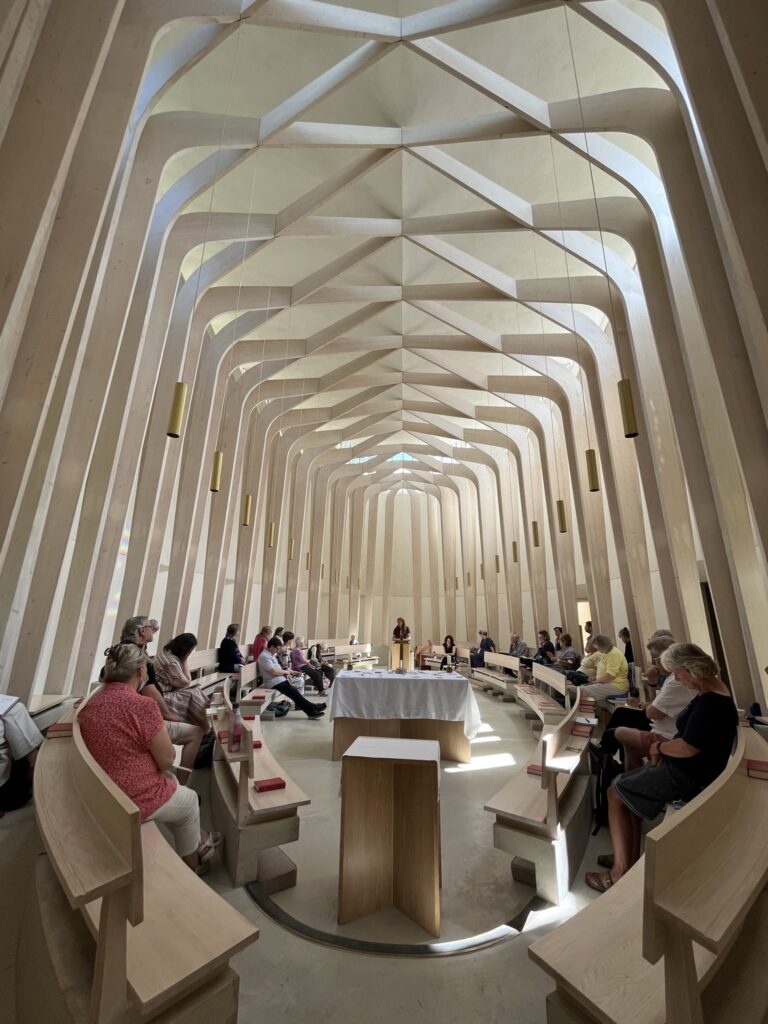
‘Jesus often withdrew to quiet places to pray. He didn’t yield to other people’s expectations. When he knew that something greater was needed, he withdrew to spend time in the divine presence.’
The first teaching we have from Jesus on prayer is in Matthew 6. Before the Lord’s Prayer is taught, Jesus gives two instructions: first, he says go away to a quiet place and shut the door and, second, don’t speak very much. Jesus’ first instruction to his disciples on how to pray is solitary contemplation, and yet I think it’s a sadly neglected aspect of our prayer life. My hope is that The Art of Peace might help people to discover, or rediscover, contemplative prayer, and in doing so make that slow transition from practising to being.
The Art of Peace is separated into four sections: stillness, silence, solitude and sanctuary. That order is intentional, because one leads on to the next.
Stillness
Stillness is something we need to incorporate into our life. Our culture is very fast paced; it’s very instant. But God does not move at that pace. Nature does not move at that pace. We are not designed to move at that pace, internally or externally, so we need to deliberately implement a counter to that. So the first section in the book is about stillness: how to create stillness, how to slow down our life. We have to do these things intentionally, otherwise they don’t get done.
Silence
The next important thing is to find some silence, to mute the noise that surrounds and invades us. Practically, complete silence is almost impossible to achieve. What I mean by silence is making sure that things that are noisy internally or externally do not distract us from our focus. Most people find that focusing on the breath, as we did at the beginning of this session, is a helpful way of quieting the noise, both external and internal.
As we are still, and drawn into silence, we discover more and more of the divine presence. If you continually practise these things, you become more continually, consciously aware of that presence.
‘If you continually practise these things, you become more consciously aware of that presence.‘
Solitude
The third section is solitude. Being alone is a useful thing. Being ‘alone together’ is also useful, which is an old monastic term. Collective silence is lovely, but learning to be quiet and still in solitude is especially powerful, because in that solitude you can better discover the you/God interaction.
One of the very early desert fathers, Abba Moses, was asked, ‘How should I pray?’ by one of his younger monks. He said, ‘Go to your cell. Your cell will teach you everything.’ In other words, be still, be quiet, be alone, for that’s when God can speak.
‘Be still, be quiet, be alone, for that’s when God can speak.’
Sanctuary
Finally, sanctuary. Sanctuary is about a feeling of being safe in a place. This can be a physical place or an internal place. It’s the last one because most people struggle with feeling safe in their own company. Feeling a sense of real security in your own presence goes way beyond ‘liking yourself’. It comes from cultivating that divine presence in our own being that grows out of contemplative practice.
The more we practise, the more it becomes a part of who we are. We start off by putting in the effort to be with God, to have intentional times of stillness and silence in our day, to be in solitude, to gain a sense of sanctuary. As we do that regularly, we become more deeply aware of that divine presence in the core of our being, which is peace.
God is love and God is peace, and the closer we can get to the divine presence at the centre of our being, the more we are joined to that love and peace. The art of peace: letting go of all the things that have tainted our self, so that the feather, our soul, is light and free, lifted up on the breath of God.
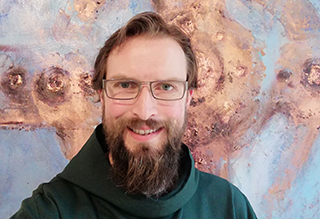
David Cole is an international spiritual teacher and retreat leader; an author; the UK deputy guardian for the Community of Aidan and Hilda – a globally dispersed Celtic new monastic community; and founder and executive director of Waymark Ministries CIC. He has a masters’ degree in Christian Spirituality and wrote his thesis on Celtic Christianity and discipleship.
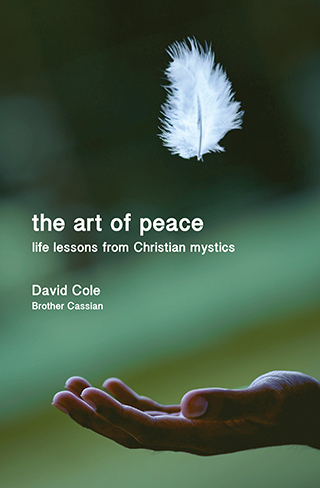
Deep inner peace and peace of mind with spiritual balance is something everyone wants, but how does one attain it? More importantly, how does one maintain it in the midst of everyday life? Moving through sections on Stillness, Silence, Solitude and Sanctuary, this book draws on the lived experience and learning of the author, as well as the wisdom of Christian contemplatives and mystics from the past, to help people walk the mystic path of peace through life.
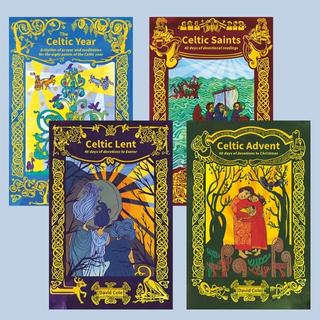
You might also like to explore other titles by David Cole:
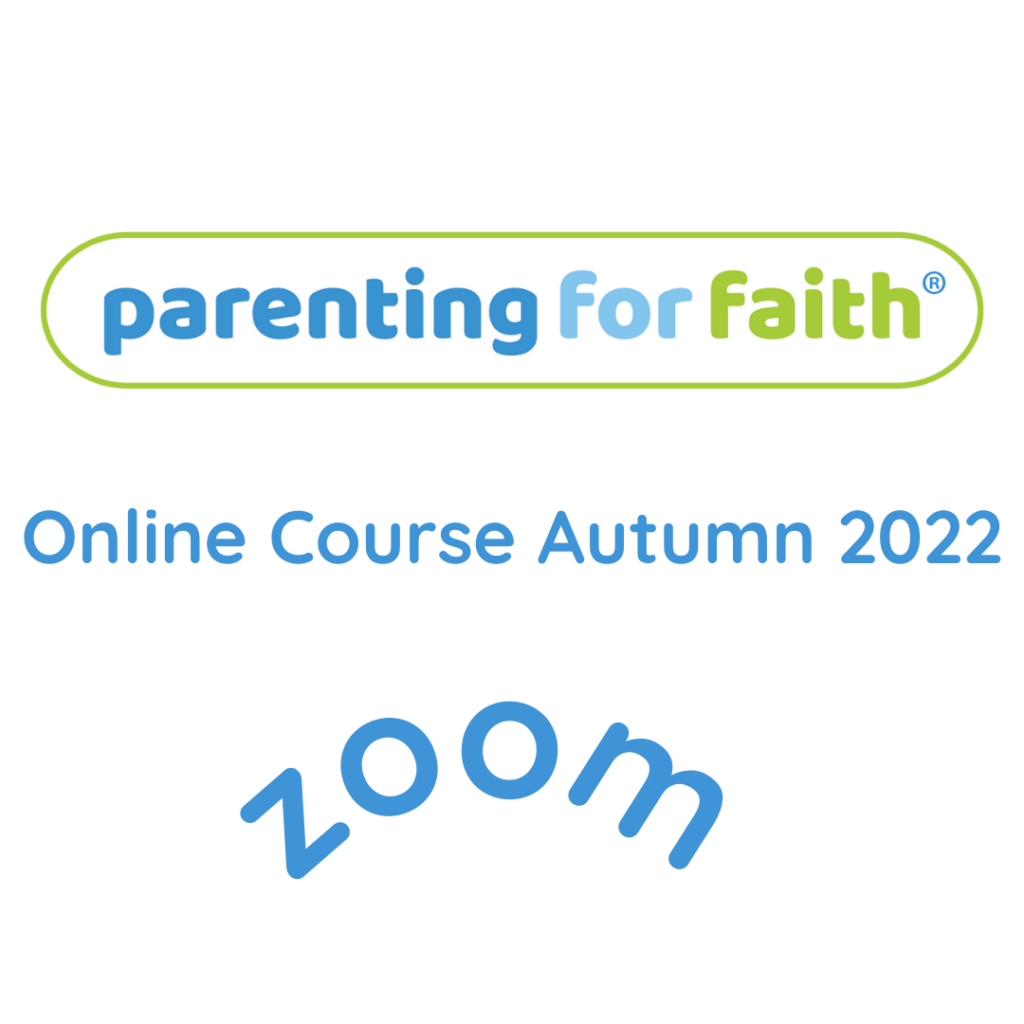
Would you like to help your children have a vibrant, two-way relationship with God? Come along to these sessions and get equipped with five Key Tools that ordinary parents can use in everyday life, to help them do that. Based on the book Parenting Children for a Life of Faith by Rachel Turner, the course will help parents discover that they are perfectly positioned to show their children the reality of a life with God.
A new run of the course begins on Monday 26 September at 7.45 pm. It will run on Zoom on Monday nights, in two four-week blocks, that avoid half-term holidays. They will be hosted by Emma Olorenshaw, children’s minister at St Peter’s Maidenhead, using video teaching from Rachel Turner and small group discussion.
Dates: Mondays 26 Sep, 3 Oct, 10 Oct, 17 Oct, 7 Nov, 14 Oct, 21, 28 Nov 2022
Time: 7.45–9.00 pm
